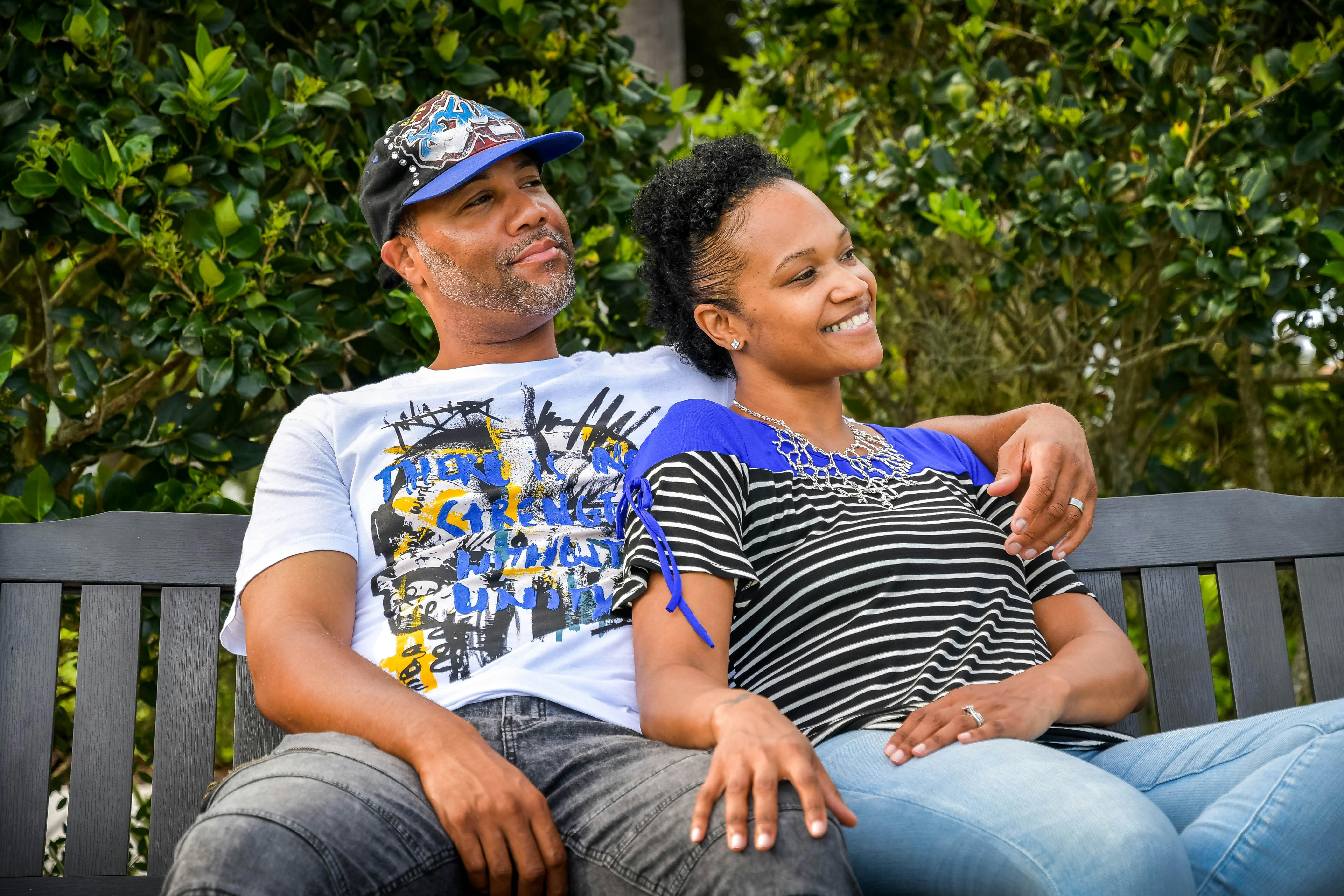In recent years, the landscape of animated films has undergone significant transformation, reflecting a broader societal shift towards inclusivity and representation. Yet, the conversation around diversity in this influential medium remains both crucial and complex. Animated films, often perceived as mere entertainment for children, wield considerable power in shaping cultural narratives and societal norms. They serve as a mirror to the world, capturing the imaginations of audiences across all ages and backgrounds. However, the lack of diversity in these films has long been a point of contention, raising critical questions about whose stories are told and who gets to tell them. As the animation industry continues to evolve, it is imperative to examine why diversity in animated films matters—not just for the sake of representation, but for the profound impact it has on fostering empathy, understanding, and unity in an increasingly interconnected world. This article delves into the significance of diverse voices and stories in animation, exploring the potential these films have to challenge stereotypes, broaden perspectives, and inspire future generations.
Cultural Representation and Its Impact on Audience Perception
In animated films, the portrayal of diverse cultures can significantly influence how audiences perceive different communities. By incorporating a broad spectrum of characters and narratives, these films have the power to shape societal norms and expectations. When viewers, especially younger ones, see characters that reflect a variety of cultural backgrounds, it fosters a sense of inclusion and understanding. This can help dismantle stereotypes and challenge preconceived notions, creating a more informed and empathetic audience.
- Authenticity: Accurately representing diverse cultures enhances the authenticity of the narrative, making the storyline more relatable to a global audience.
- Empowerment: Characters from various cultural backgrounds can empower underrepresented groups by providing them with role models who share their experiences and challenges.
- Educational Value: Exposure to different cultures through animation can serve as an educational tool, teaching audiences about traditions, languages, and histories they might not encounter otherwise.
Ultimately, the impact of cultural representation in animation extends beyond entertainment, contributing to the formation of a more inclusive society where diversity is celebrated rather than overlooked.

The Role of Diverse Storytelling in Shaping Social Narratives
In the world of animated films, diverse storytelling serves as a powerful catalyst for reshaping social narratives. It allows audiences to engage with perspectives that are not always represented in mainstream media, creating a broader understanding of the human experience. By incorporating characters and stories from various cultural, ethnic, and social backgrounds, animated films can challenge stereotypes and foster empathy. This form of storytelling can open dialogues about identity, community, and belonging, encouraging viewers to reflect on their own preconceptions.
- Representation: Diverse stories help validate the experiences of marginalized communities, offering them visibility and a voice.
- Empathy Building: By presenting different life experiences, these films can cultivate a sense of understanding and compassion among viewers.
- Challenging Norms: They provide opportunities to question societal norms and encourage audiences to think critically about issues like race, gender, and social justice.
In essence, diverse storytelling in animated films is not merely about inclusion; it’s about enriching the narrative landscape and providing a mirror to society’s multifaceted reality. It is through these varied lenses that audiences can explore new dimensions of thought and emotion, ultimately contributing to a more nuanced and inclusive social dialogue.

Challenges and Opportunities in Diversifying Animation Production
The animation industry, like many others, faces the dual challenge of embracing diversity while navigating the complexities of production. Diversifying the talent pool behind animated films is crucial not only for cultural representation but also for infusing fresh perspectives into storytelling. However, this requires a shift in industry norms and practices, which have historically favored a narrow demographic. The push for inclusivity demands a reevaluation of hiring practices, mentorship opportunities, and access to resources that have long been barriers for underrepresented groups.
On the flip side, the quest for diversity presents significant opportunities. By broadening the spectrum of voices involved in production, studios can tap into a wealth of untold stories and experiences, enriching the narrative landscape of animation. This can lead to the creation of content that resonates with a global audience, thereby expanding market reach and potential profitability. Embracing diversity also encourages innovation, as varied cultural backgrounds can inspire new artistic styles and techniques. The path forward involves:
- Implementing inclusive hiring policies
- Fostering diverse leadership roles
- Investing in community outreach and education

Recommendations for Promoting Inclusivity in Animated Content
- Hire Diverse Talent: To create authentic and inclusive animated films, it’s crucial to involve diverse voices at every stage of production. Employing writers, directors, and animators from varied backgrounds ensures that the stories told resonate with a wide array of experiences. This diversity in the creative team can help prevent stereotypes and foster more nuanced storytelling.
- Research and Cultural Consultation: Engage with cultural consultants and conduct thorough research to represent different cultures accurately and respectfully. This step is essential to avoid cultural appropriation and ensure that cultural nuances are authentically portrayed, thereby enhancing the relatability and richness of the animated content.
- Inclusive Storytelling: Expand the narratives to include a broader spectrum of characters and experiences. Incorporating diverse characters as protagonists, not just sidekicks or supporting roles, can empower underrepresented communities and provide audiences with a wider range of role models.
- Representation Beyond Characters: Consider inclusivity in all aspects of the animation, from settings and music to themes and conflicts. Highlighting diverse environments and soundtracks can enrich the viewing experience and provide a more holistic representation of global cultures.
- Feedback and Community Engagement: Actively seek feedback from diverse audiences and communities to refine and improve content. Engaging with viewers can provide valuable insights and foster a sense of community, ensuring that the animated content continues to evolve and remain relevant.
